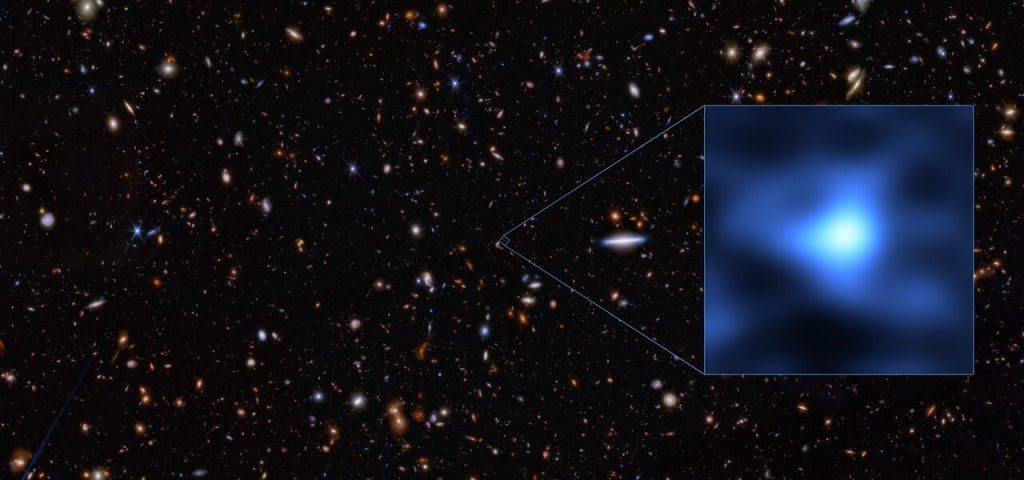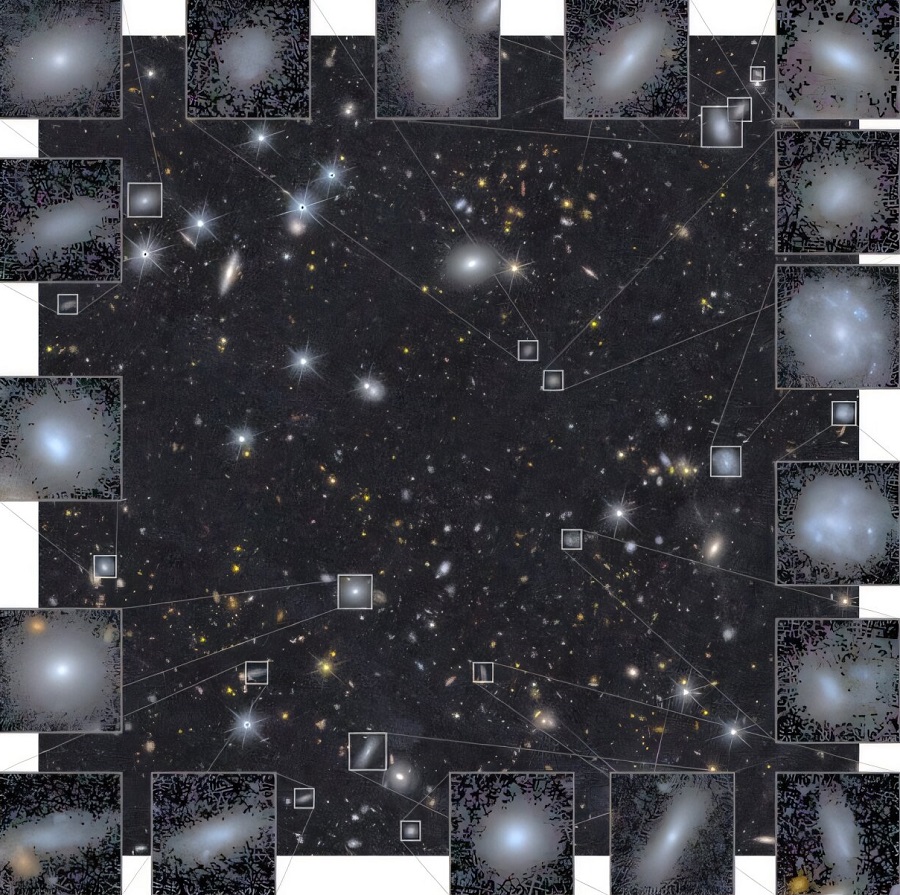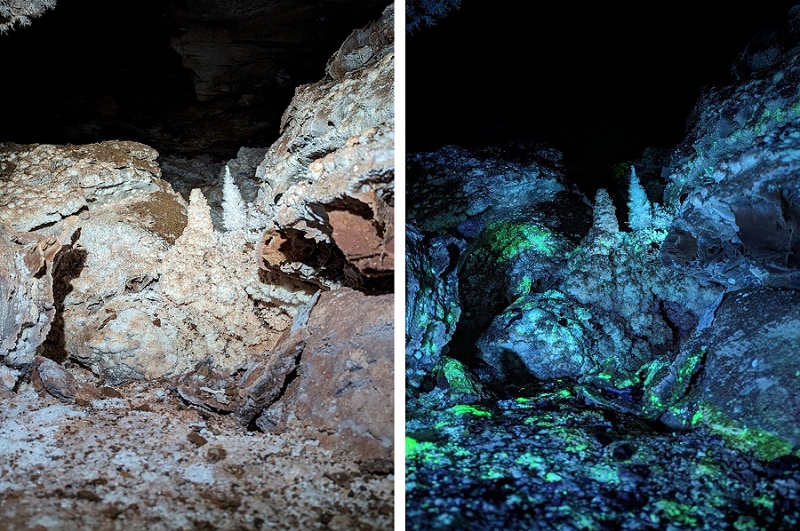An international team, including University of Geneva researchers, discovered a super-Earth named TOI-512 b orbiting a star cooler than our Sun. The...
Vous n'êtes pas connecté
- English
- Français
- عربي
- Español
- Deutsch
- Português
- русский язык
- Català
- Italiano
- Nederlands, Vlaams
- Norsk
- فارسی
- বাংলা
- اردو
- Azərbaycan dili
- Bahasa Indonesia
- Հայերեն
- Ελληνικά
- Bosanski jezik
- українська мова
- Íslenska
- Türkmen, Түркмен
- Türkçe
- Shqip
- Eesti keel
- magyar
- Қазақ тілі
- Kalaallisut ; kalaallit oqaasii
- Lietuvių kalba
- Latviešu valoda
- македонски јазик
- Монгол
- Bahasa Melayu ; بهاس ملايو
- ဗမာစာ
- Slovenščina
- тоҷикӣ ; toğikī ; تاجیکی
- ไทย
- O'zbek ; Ўзбек ; أۇزبېك
- Tiếng Việt
- ភាសាខ្មែរ
- རྫོང་ཁ
- Soomaaliga ; af Soomaali
 Maroc - THEPARADISE.NG - A La Une - 25/Mar 18:51
Maroc - THEPARADISE.NG - A La Une - 25/Mar 18:51
Scientists discover a new Super-Earth: TOI-512 b
An international team, including University of Geneva researchers, discovered a super-Earth named TOI-512 b orbiting a star cooler than our Sun. The high-precision ESPRESSO spectrograph made this possible. The planet’s density is similar to Earth’s, at 1.02 times. Astronomers detect exoplanets using two methods: the transit method and radial velocity. The transit method observes a star’s light dimming as a planet passes in front, while radial velocity tracks changes in a star’s movement caused by a planet. Transit is faster and more efficient, as it can observe thousands of stars simultaneously, unlike radial velocity, which examines stars individually. In recent Read Full Article At: Scientists discover a new Super-Earth: TOI-512 b
Articles similaires
Astronomers discover mysterious filaments near Milky Way’s center
Astronomers have made an exciting discovery near the center of our Milky Way galaxy—long, thin “space tornadoes” made of swirling gas. These...
Astronomers discover mysterious filaments near Milky Way’s center
Astronomers have made an exciting discovery near the center of our Milky Way galaxy—long, thin “space tornadoes” made of swirling gas. These...
Scientists discover oxygen in the most distant galaxy
Astronomers have discovered oxygen in the most distant known galaxy ever seen, named JADES-GS-z14-0. This surprising finding is making scientists...
Scientists discover 2,674 dwarf galaxies with Euclid Telescope
For nearly two years, the Euclid space telescope, operated by the European Space Agency (ESA), has been capturing deep-space images to help scientists...
Astronomers have detected oxygen in the most ancient known galaxy
Prior theories said it shouldn't be there. Scientists using two enormous telescopes — one on Earth and the other in space — have detected oxygen...
Scientists Discover Fossil That Does Not Belong to Any Known Life Form Classification
Scientists have discovered a 400-million-year-old fossil of an organism known as Prototaxites, which does not belong to any known life form...
Scientists Discover Fossil That Does Not Belong to Any Known Life Form Classification
Scientists have discovered a 400-million-year-old fossil of an organism known as Prototaxites, which does not belong to any known life form...
Scientists Stunned: Something Massive and Shiny Spotted on the Moon
Future Space Get ready for a mind-blowing discovery! A massive shiny object has been spotted on the Moon, leaving astronomers[...]
Glowing caves on Earth may hold clues to life beyond our planet
Deep underground, some caves on Earth are hiding a glowing secret—one that could help scientists understand how life might survive in extreme places...
Les derniers communiqués
-
Aucun élément






